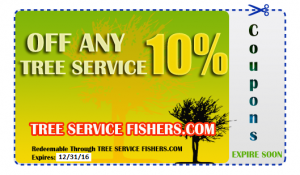Trees, plants, and all other flora are highly valuable. Not only do they enhance our surroundings with their beauty, they provide a long list of vital benefits, most importantly oxygen and air purification. But they also provide sound barriers, wind reduction, energy preservation, privacy, aesthetic individuality, and so much more. For this reason, it is understandable that many property owners wish to have their landscaping trees valuated to see just how much they increase the overall value of their property. Continue reading to learn which four factors professional tree appraisers use to valuate trees and determine their worth in terms of currency.
Tree Size
The first factor that most tree appraisers look at is size. This is because the size of a tree directly represents its age, which is an important aspect of tree value. However, in some cases, the size of a tree can be problematic too. It all depends on the external environmental circumstances and condition of the tree. In the case that a very large tree becomes diseased or damaged, there is a possibility of recapturing the loss though an insurance claim or perhaps a federal tax deduction. This is because a very large tree is not usually replaceable due to its size.
Tree Condition
The condition of a tree is another vital aspect to consider when evaluating a tree’s worth. A healthy tree in stable condition will certainly be worth more than a sick or dying tree, however, sometimes a sick tree can be treated so long as the condition is not too extreme. During the inspection process, the tree’s trunk, roots, branches, limbs, buds, and foliage will all be checked and evaluated.
Tree Species
The most valuable species of trees are those that are sturdy, strong, highly adaptable, and free from disagreeable traits. This is mostly because they require less maintenance and live for a long time. Species of tree that evince these characteristics include Oaks, Locust, Elms, and more.
Tree Location
In terms of tree location, valuators will consider functionality. For example, a tree that stands alone is generally more valuable than one that stands in a group of trees. Trees that have become focal points for landscapes will be assigned more value than a random tree that serves no aesthetic or serviceable purpose. So when it comes to location, the contribution factor, site factor, and location all contribute to its overall worth.



